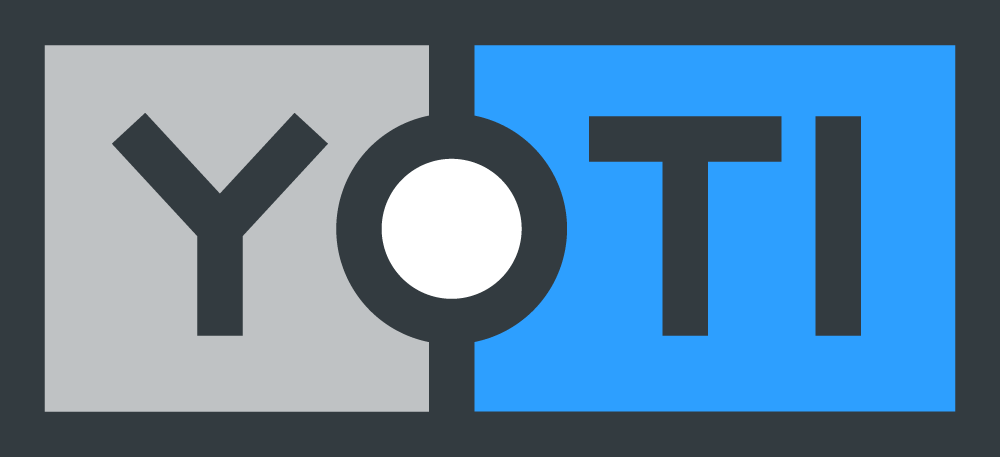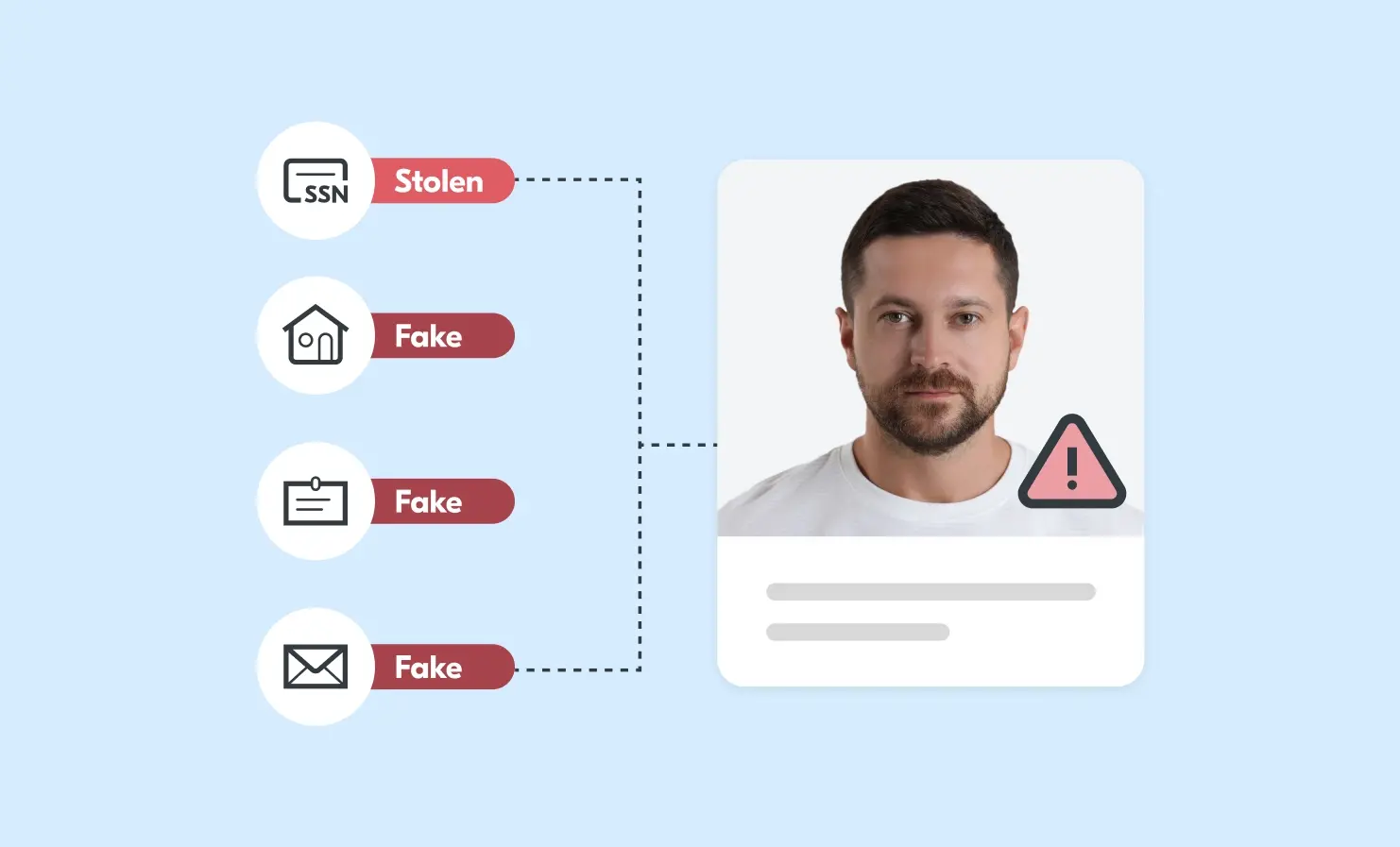
“Since implementing Yoti and having them check our 40k+ users’ identities, our experience so far has been seamless. Being a fintech platform where one of our main USPs is speed, it was vital that we partnered with a company that also valued that, alongside quality.”
Rita Kastrati
CEO at Pioneering People
Pioneering People is a fintech matchmaking platform, connecting verified companies with verified workers. Pioneering people pays workers within 1-2 days of completing their shift and has a minimum hourly payment of £13.50 (above London Living Wage) per hour for all shifts. They work with companies in various industries including hospitality, retail and financial services.
We helped them:
- Digitise their identity verification process.
- Ensure that only verified people could sign up and apply for jobs.
- Provide a quick and hassle-free user experience.
Solution: Identity verification
Industry: Fintech



